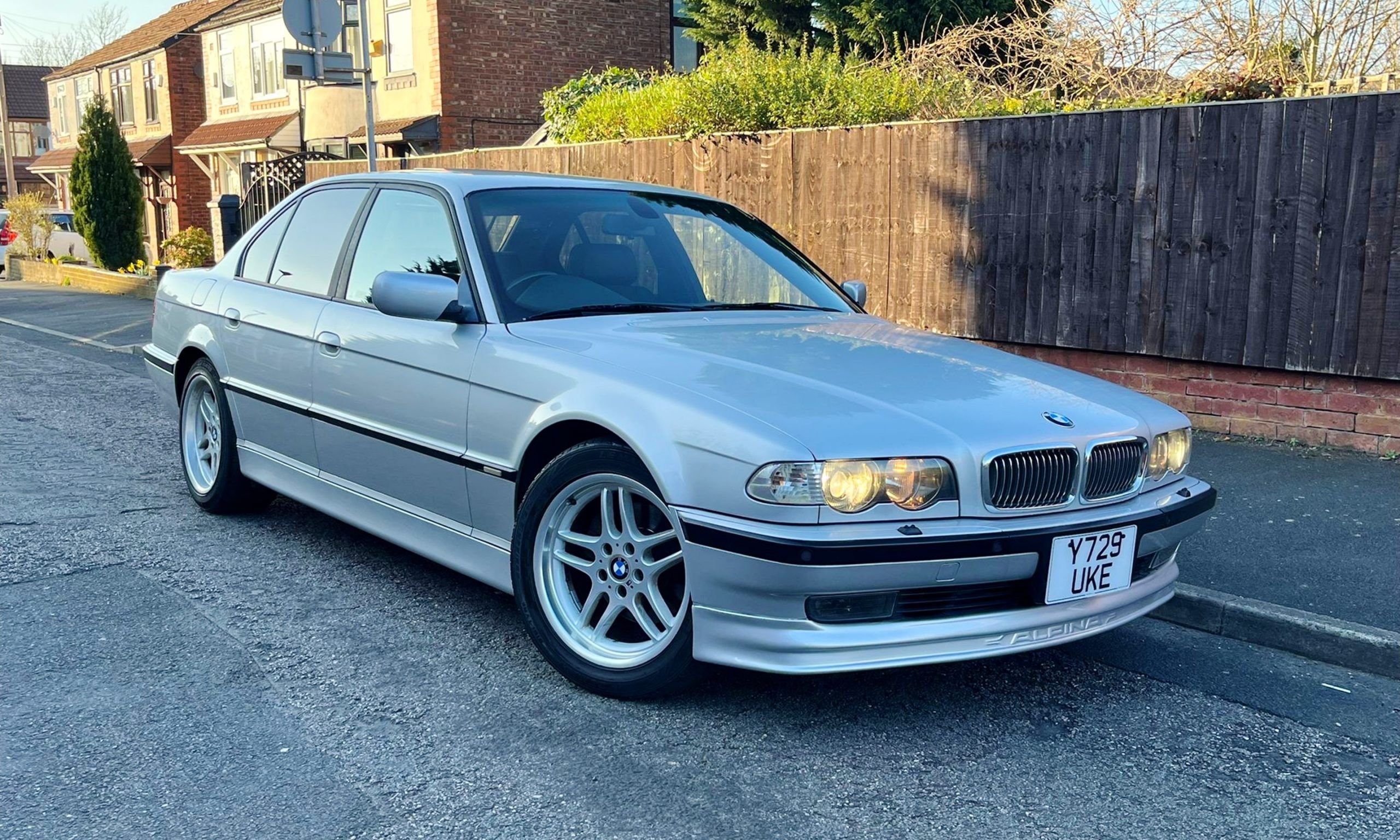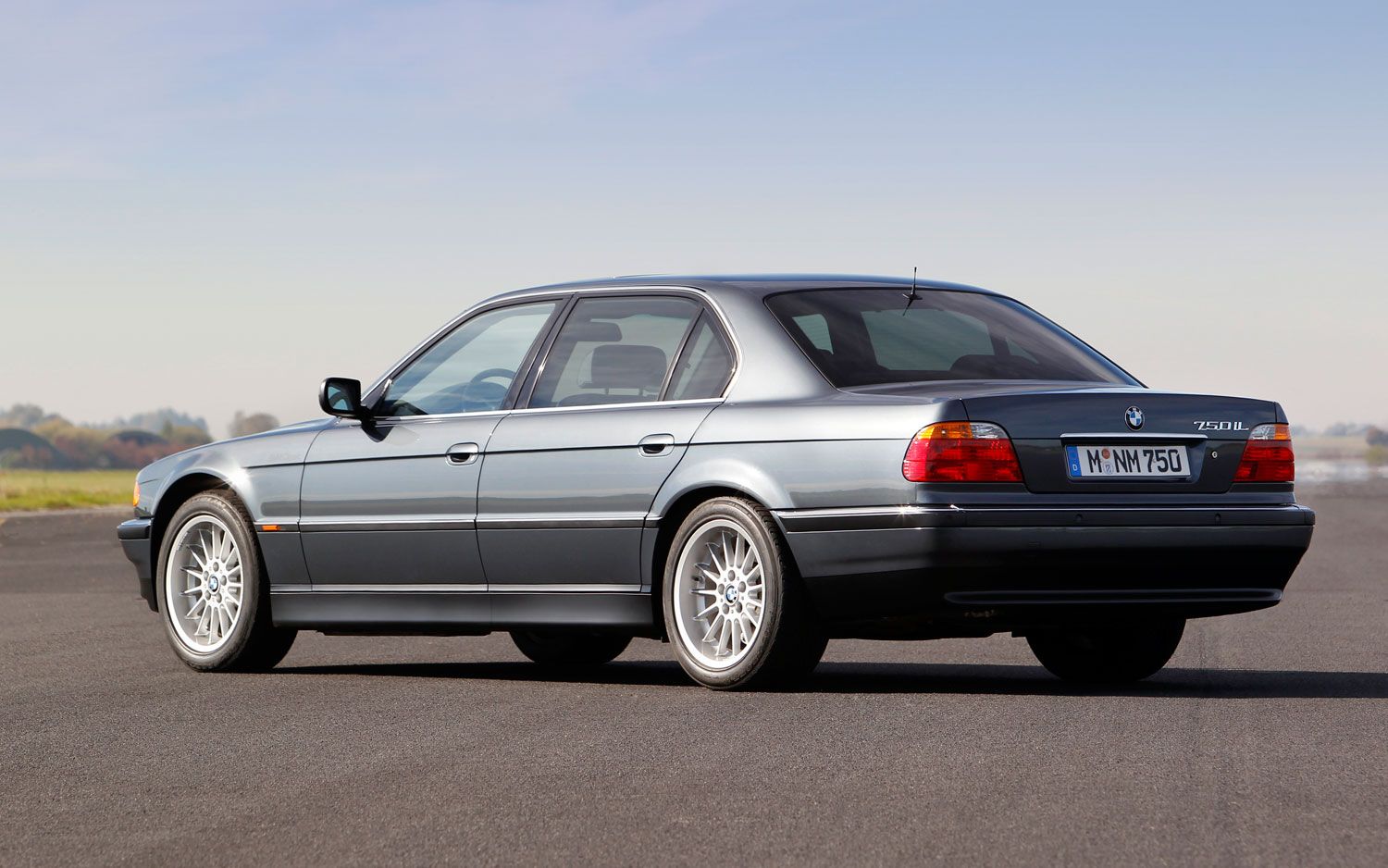BMW has been building its reputation since the 1970s as a maker of sporty and well-built premium and luxury cars, one which wealthy businessmen and comedians alike can purchase. In the 1980s and 1990s, BMW was in a big battle with Mercedes-Benz over who could produce the best vehicles – leading to both companies over-engineering their cars.
Since then, BMW has taken a page out of the book of Porsche – release a brilliant car and continue to fix the issues it has or develops, resulting in a well-made and good-performing vehicle. Just take the F10 M5. Early cars had major engine issues, but BMW fixed them over two ‘Technical Updates’ and the S63 V8 is now one of the most reliable V8s on sale.
Luckily for us, BMW’s specialty is the straight-six engine. It means that pretty much every BMW fitted with a naturally aspirated straight-six is quite reliable. This being said, if the owners do not take care of the vehicle, even the most reliable Lexus GX can become pretty terrible to maintain. With that, here are ten of the most reliable classic BMW models.
10 2002 tii
The BMW 2002 wasn’t a particularly revolutionary car when it was launched. It didn’t introduce the turbocharger to the world, it didn’t showcase how great independent suspension was or how much better disc brakes were.
Instead, it took what was already available, but sold it in a practical and well-built package which was reliable and easy to modify. The 2002 had a 2.0-liter inline-4 which produced 128 hp in the popular 2002 tii trim. It was also the most powerful below the 2002 Turbo.
9 New Six 3.0Si E3
The BMW E3 was the 7-Series before the 7-Series was a thing. It was built to be a premium sedan with great straight-six engines and a comfortable ride. The E3 was available with only 6-cylinder engines, ranging from a 148 hp 2.5-liter, all the way to a 200 hp 3.3-liter.
The E3 was on sale between 1968 and 1977 and was designed to compete with Mercedes-Benz’s mid-size sedans. The E3 was known for its roomier cabin, despite only being 0.4-inches longer than the equivalent W114 Mercedes. The BMW E3 was pretty reliable and could easily continue for hundreds of thousands of miles when the maintenance schedule is adhered to.
8 3.0CSi E9
The BMW E9 was essentially the coupe version of the E3 sedans, but with a sleeker and sportier design. It also accentuated the ‘shark nose’ front end – a design which reached its peak on the E24. Unlike the E3, the E9 was only available with three of the six different 6-cylinder engines.
The 2500CS and 2800CS were the lower-end models, while the 3.0CSi took the top spot – with the latter eventually becoming the ‘Batmobile’, thanks to its various aerodynamic fins. The E9 shared the reliability with the E3 – mostly thanks to the simple yet effective drivetrain.
7 535i E28
The E28 was the second generation 5 Series, and it was the model where BMW became properly serious about their performance cars. The previous generation’s M535i instigated the idea of a fast sedan, so with the E28, BMW created the first M5 – a legacy which has helped to shape the sedan segment all over the world.
The E28 also had a 535i, which sat just below the full M5, and produced around the same power as the original M535i. As with most naturally aspirated straight-six BMWs, the E28 535i is pretty reliable since it's mostly just an engine, gearbox and axle to maintain. The electrics may need a bit of fixing, but overall the car is pretty solid.
6 635CSi E24
The BMW E24 635CSi – also called the M6 or M635CSi in some territories – is one of the coolest classic BMWs on the second-hand market. Fitted with a wonderful 3.5-liter straight-six which produced an amazing 280 hp and 251 lb.ft of torque.
The US-spec M6 was slightly less powerful due to emissions regulations, but it was still a fantastic luxury car. The 635CSi is currently one of the more popular classic BMWs to do up or restore, thanks to its dependability and great driving experience.
5 M1 E26
The BMW M1 – internally known as the E26 – was the German marque’s first foray into the world of mid-engine supercars. The M1 was powered by BMW’s own 3.5-liter naturally aspirated straight-six which had independent throttle bodies, twin cams and 4-valves per cylinder – a pretty advanced car for the late 1970s.
The car was the first one solely designed by BMW M, with the body being designed and built by Giorgetto Guigiaro at Italdesign, before being shipped to Germany for final inspection. The car was made to look like the sleek and sporty Italian supercars of the time, but with German engineering and ergonomics, meaning it was better put-together than the equivalent Ferrari or Lamborghini.
4 325i E30
The BMW E30 is one of the most important BMW models of all time. It was the second generation 3-Series, but was the first to offer the car in a 4-door sedan and estate body style. This opened the market for families who wanted a premium sedan at a reasonable price – the basis for all 3 Series models.
The E30 was designed and built for durability, with the engines lasting a long time. While the 6-cylinders were brilliant, the 4-cylinders showcased the same durability – with many achieving well over 300,000 miles and still going. The great thing about the E30 is that they are still cheap in the US, so be sure to buy one before they become overpriced.
3 328i E36
The BMW E36 doesn’t get the best of praises. Firstly, it definitely isn’t the best looking of the BMW models and secondly, the M3 was a complete failure in the US – along with questionable reliability elsewhere. This is why the US received a ‘fake’ E36 M3 which saved the model and helped make it what it is today.
The lower-spec 328i was fitted with a 2.8-liter inline-6 and produced a healthy 190 hp, which was sent to the rear wheels via either a 5-speed manual or a 4-speed automatic. The E36 is a fantastic entry into the world of German engineering and when they are sorted, they can be pretty reliable.
2 850i E31
The BMW 8-Series E31 is simply one of the coolest German cars to exist. The sharp front, beautiful silhouette and the gorgeous interior makes the 8-Series one of the most desired classic BMWs on the used market.
Strangely, the big V12 turned out to be the more reliable version as the V8 developed some annoying and expensive issues when it got to a certain age. The biggest issues with the V12s are that they may develop a drinking problem where they consume excessive amounts of oil and the water pump may stop working one day, but other than that, they are pretty reliable – not to mention smooth and powerful.
1 750i E38
The BMW E38 7 Series is, hands down, the best of the 7 Series generations. It was the last model before accountants ranked higher than engineers, which meant that the car was still over-engineered – much like the Mercedes-Benzes of the era.
As with the 8-Series, the V12 750i seems to be the better choice, experiencing most of the same issues and having mostly the same reliability. But the thing about the E38 is that it still looks good, even more than 20 years after it was discontinued. The E38 is one of the best-looking sedans ever made and will probably be for the rest of time. So, while they will have some reliability issues here and there – as all cars do – these classic BMW models are still awesome, and we would have any of them.

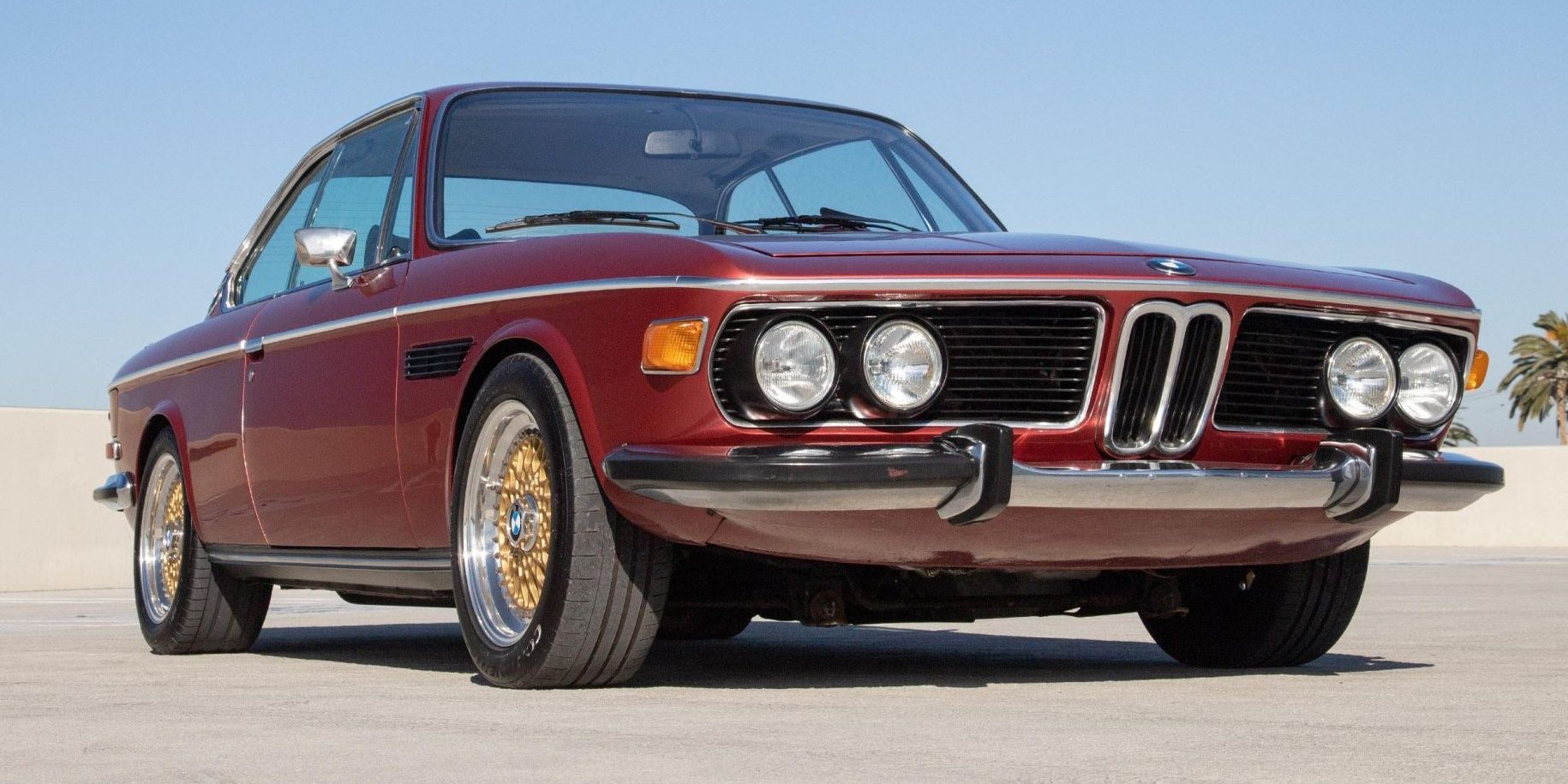
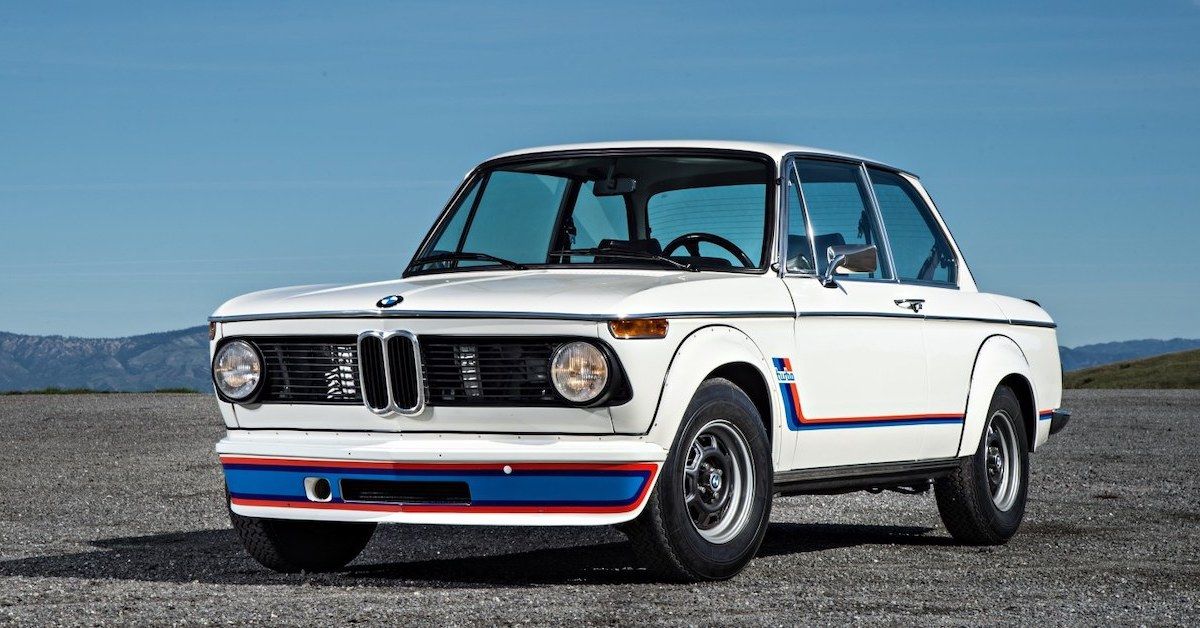
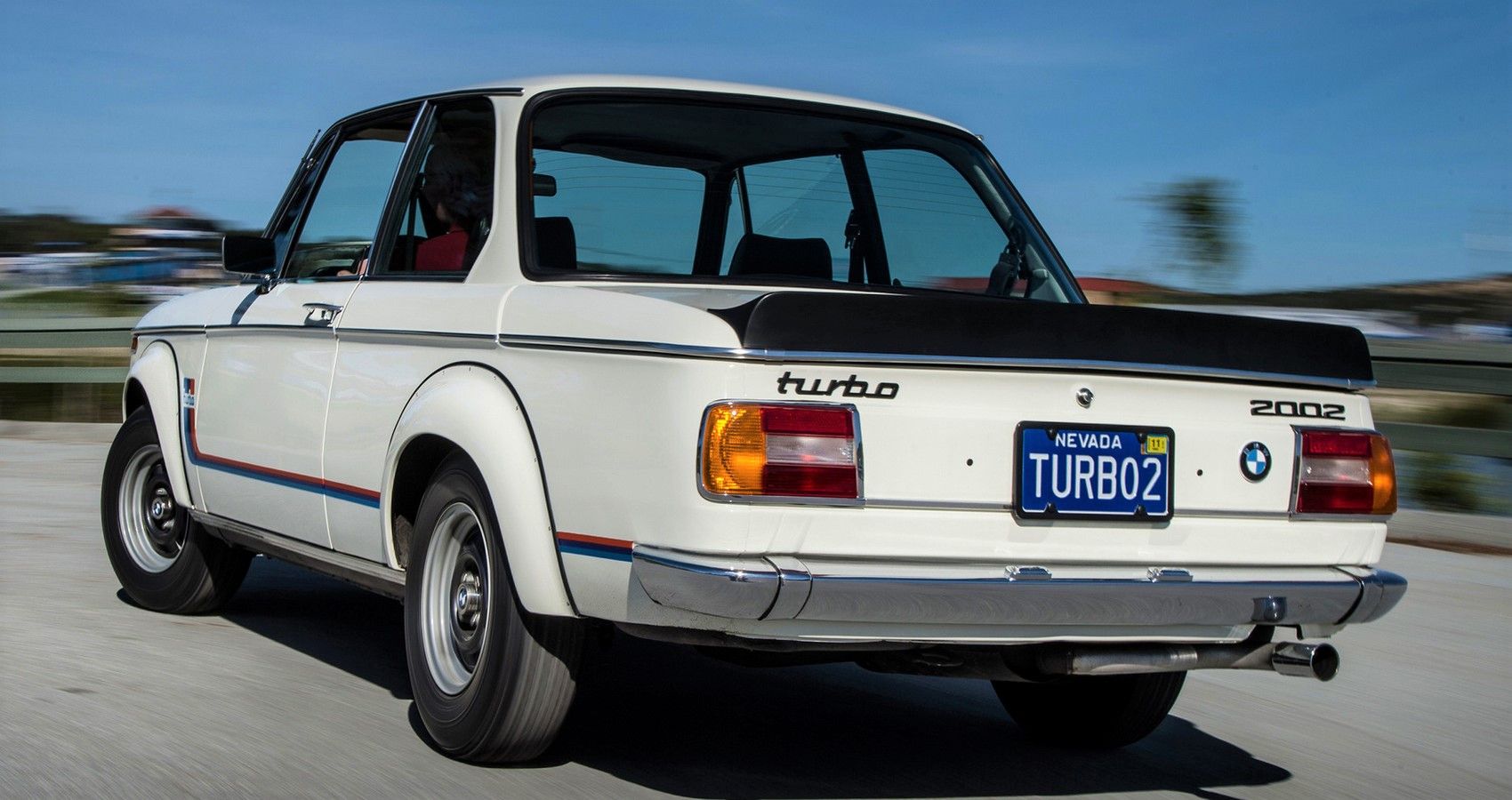
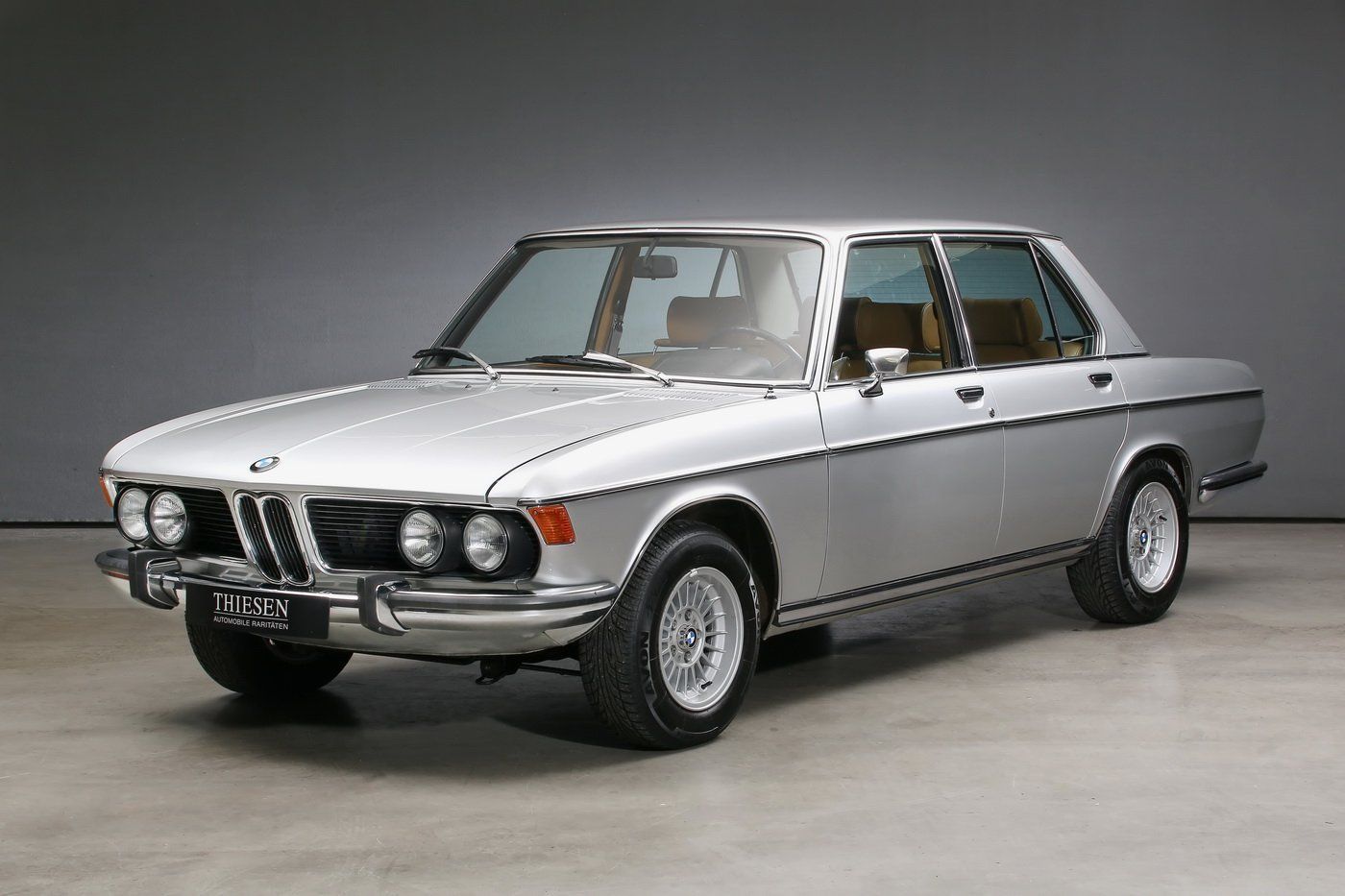
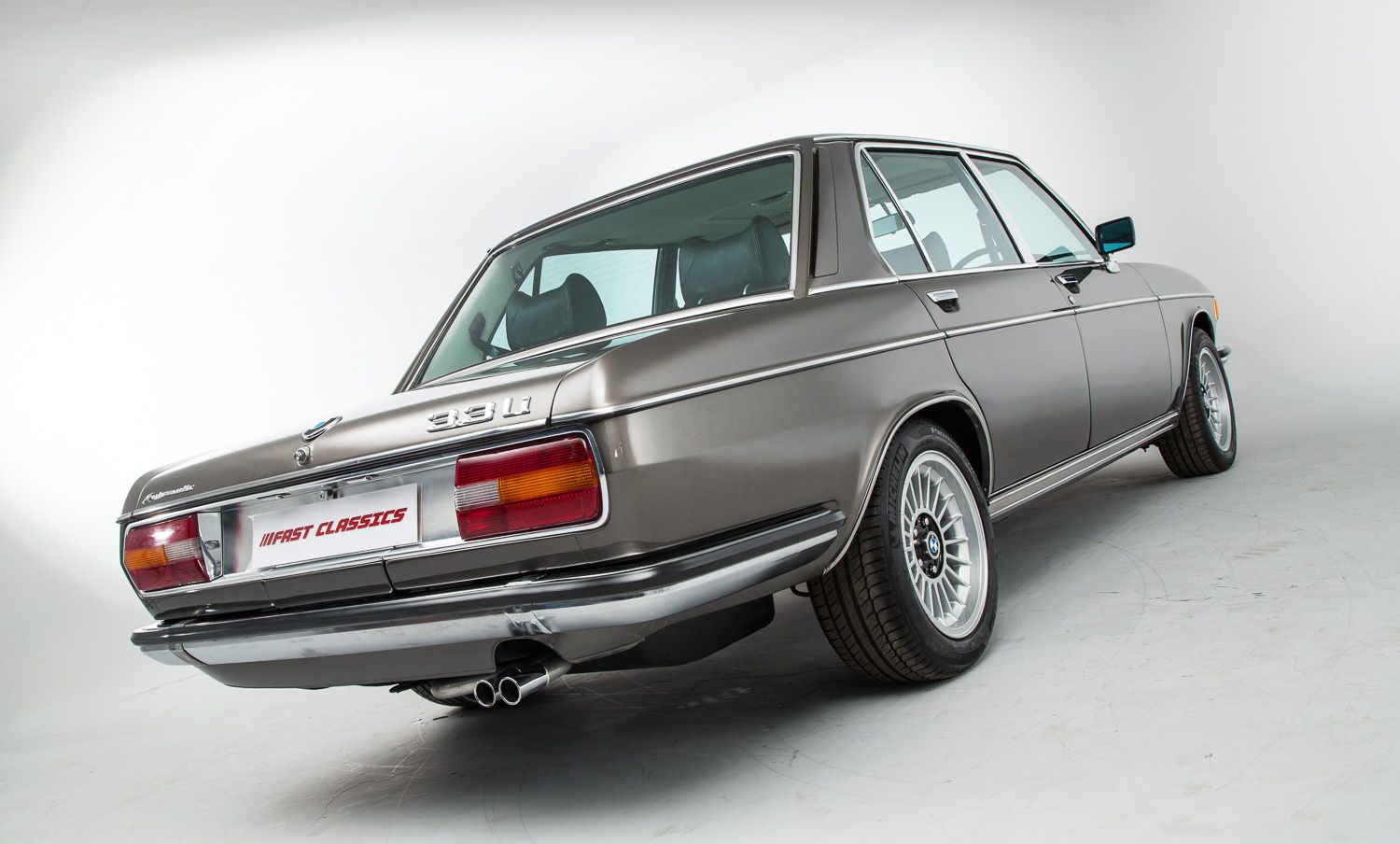
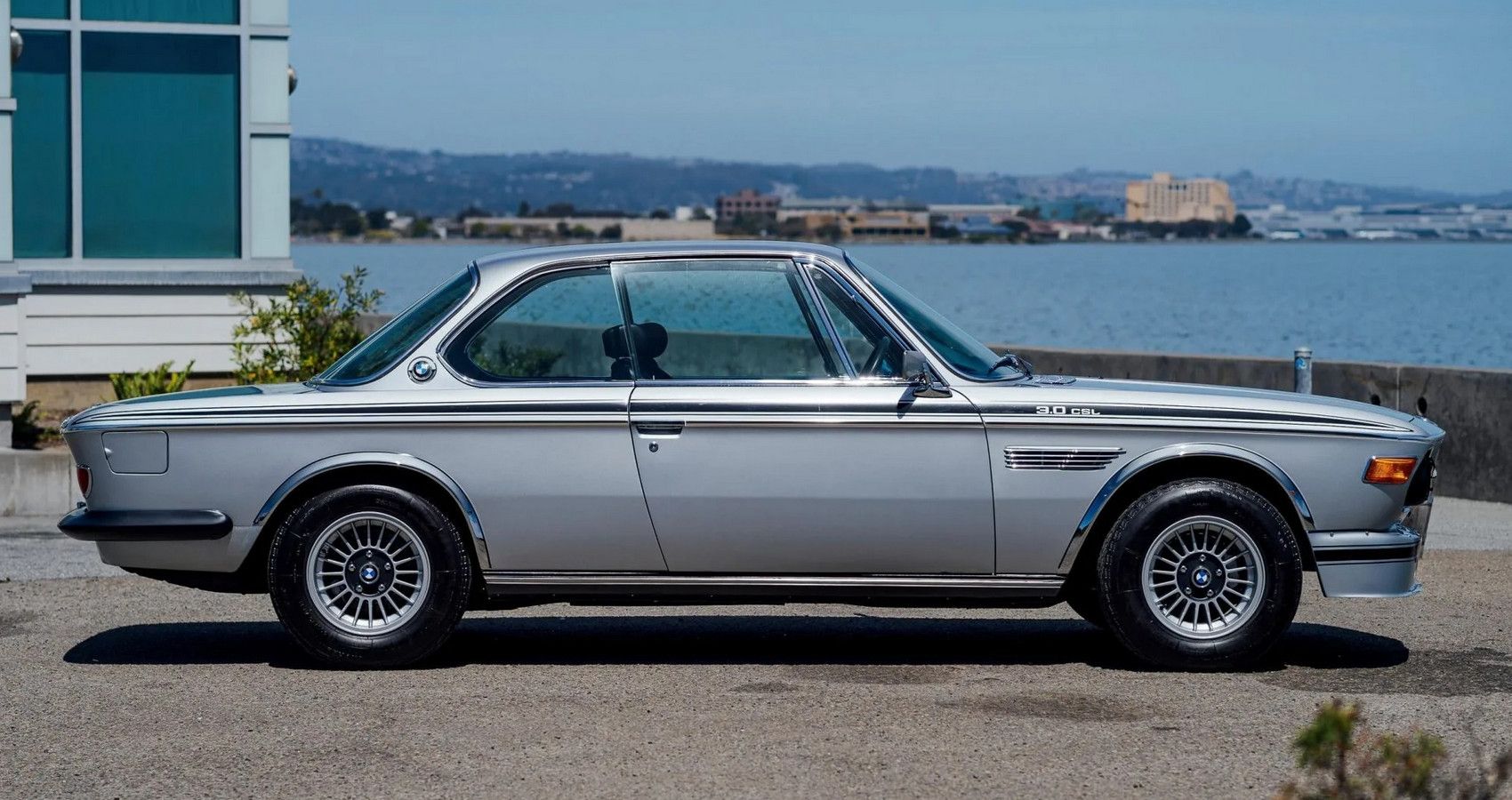
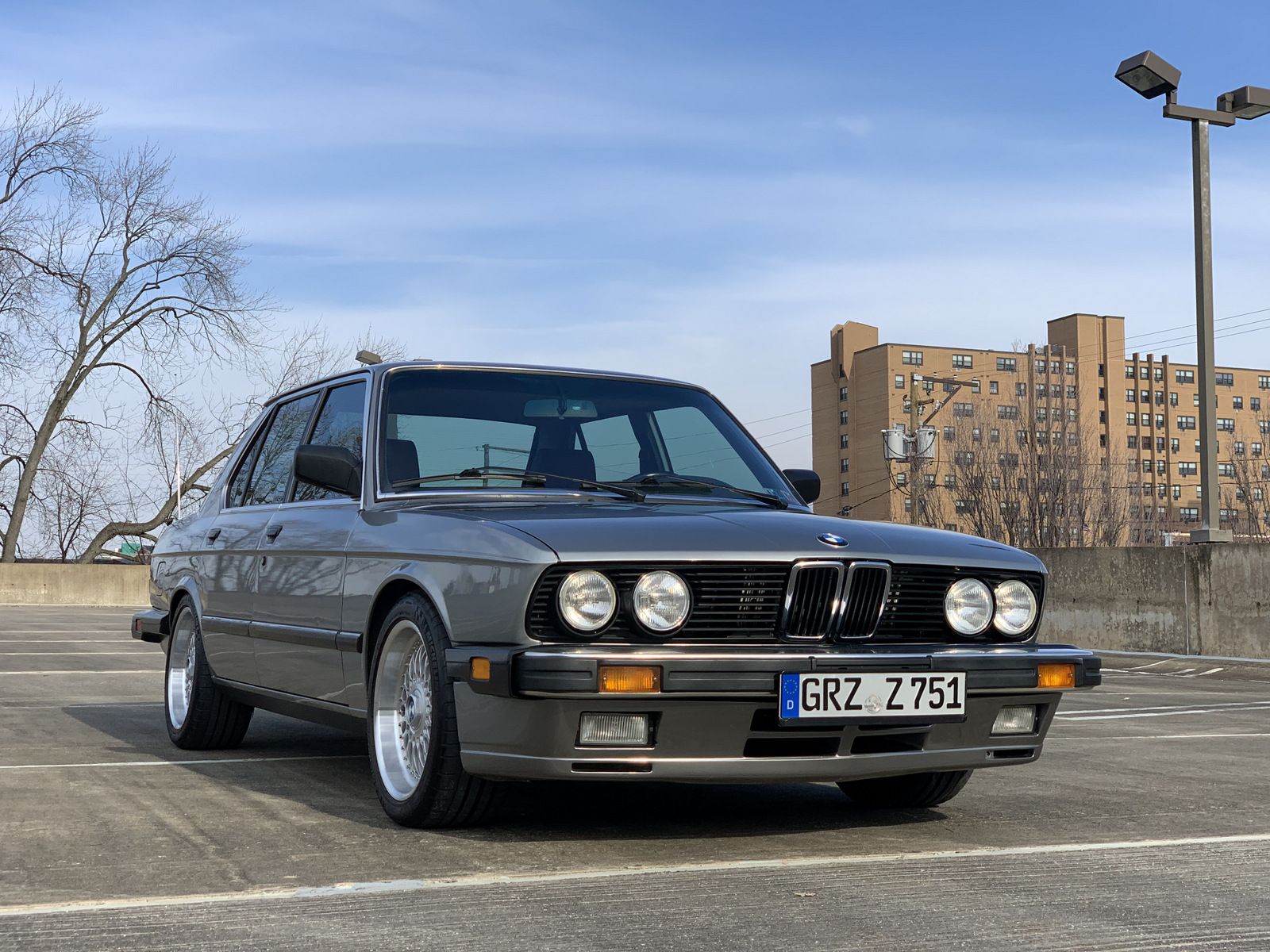
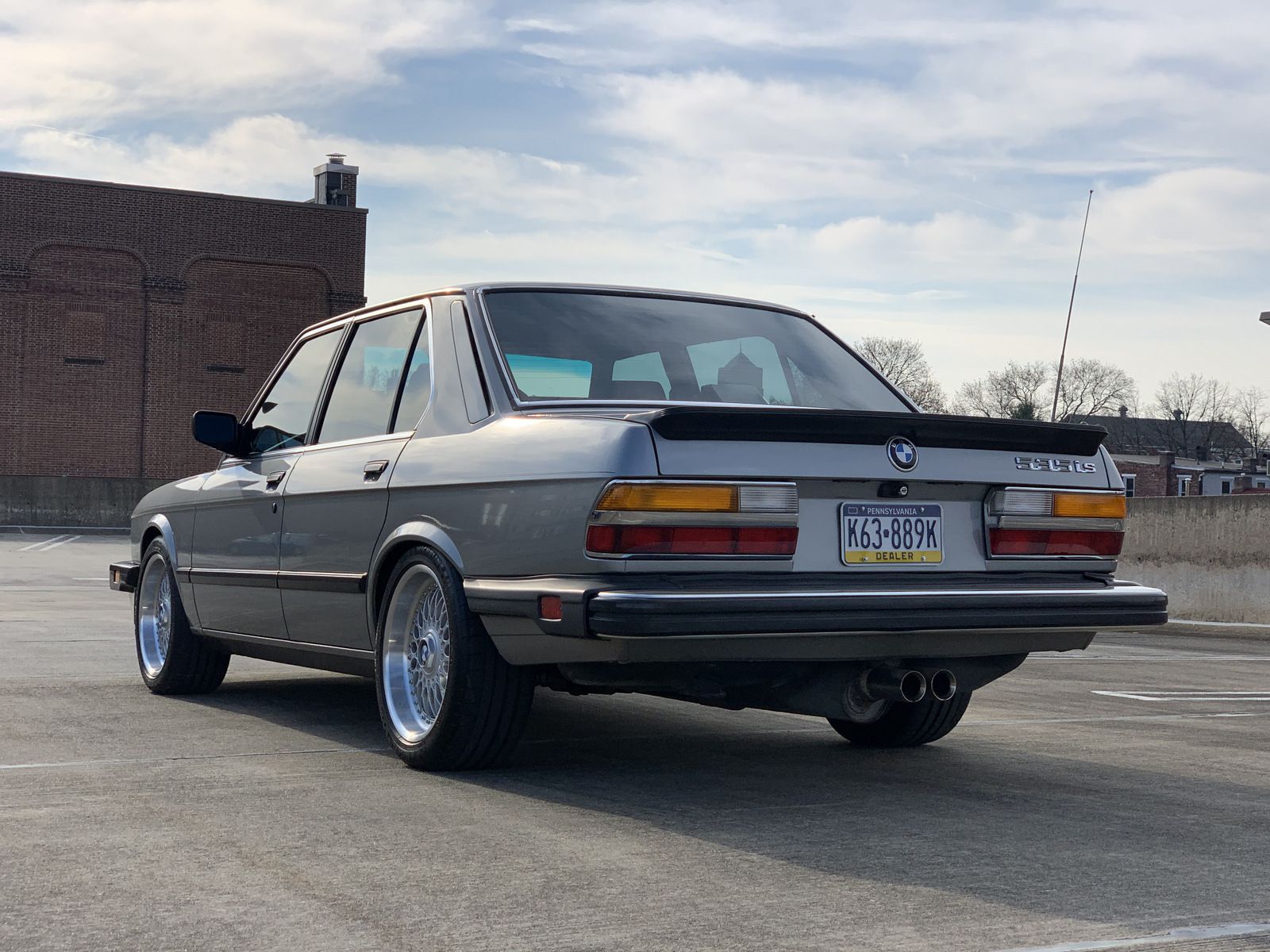
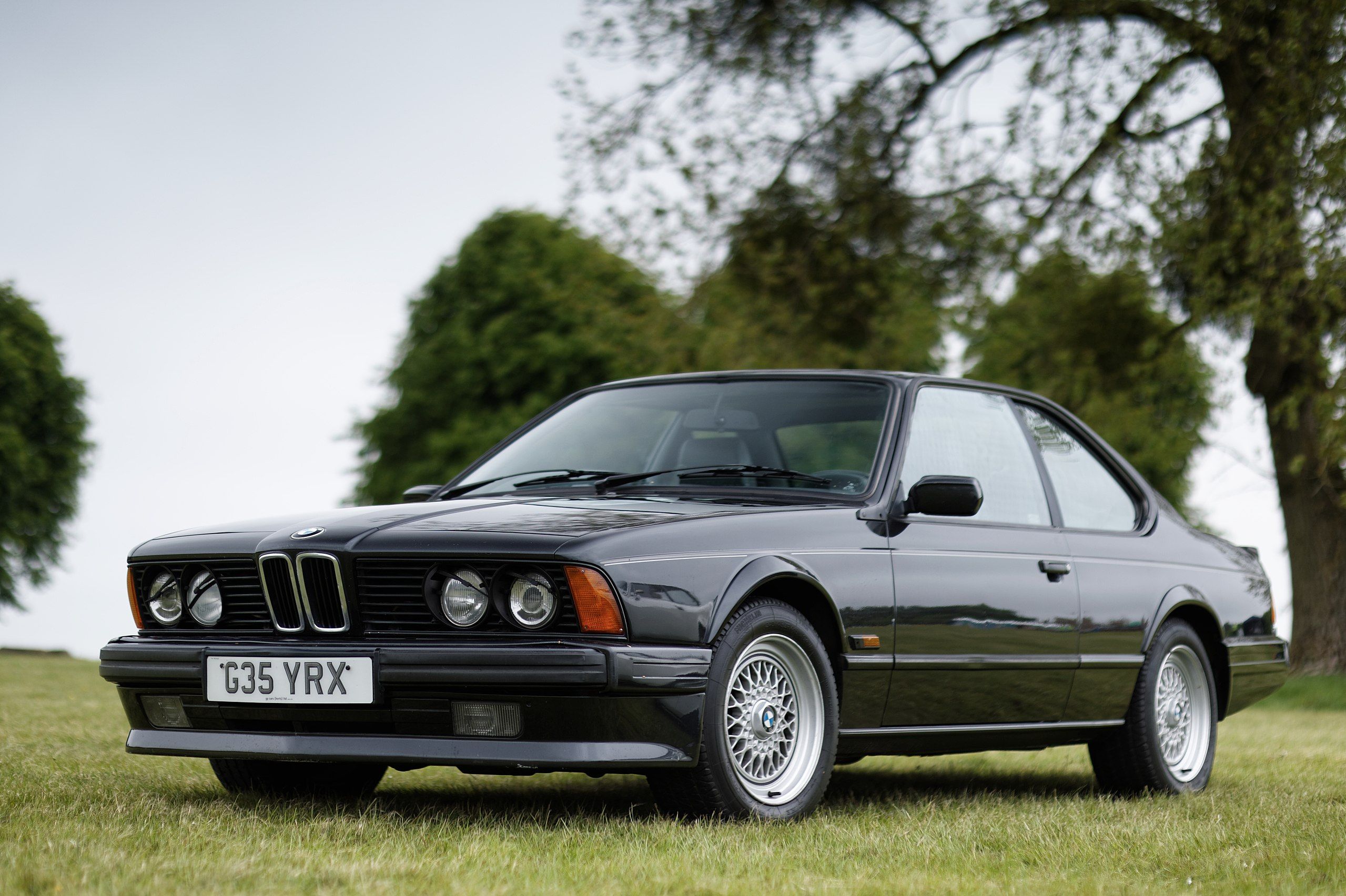
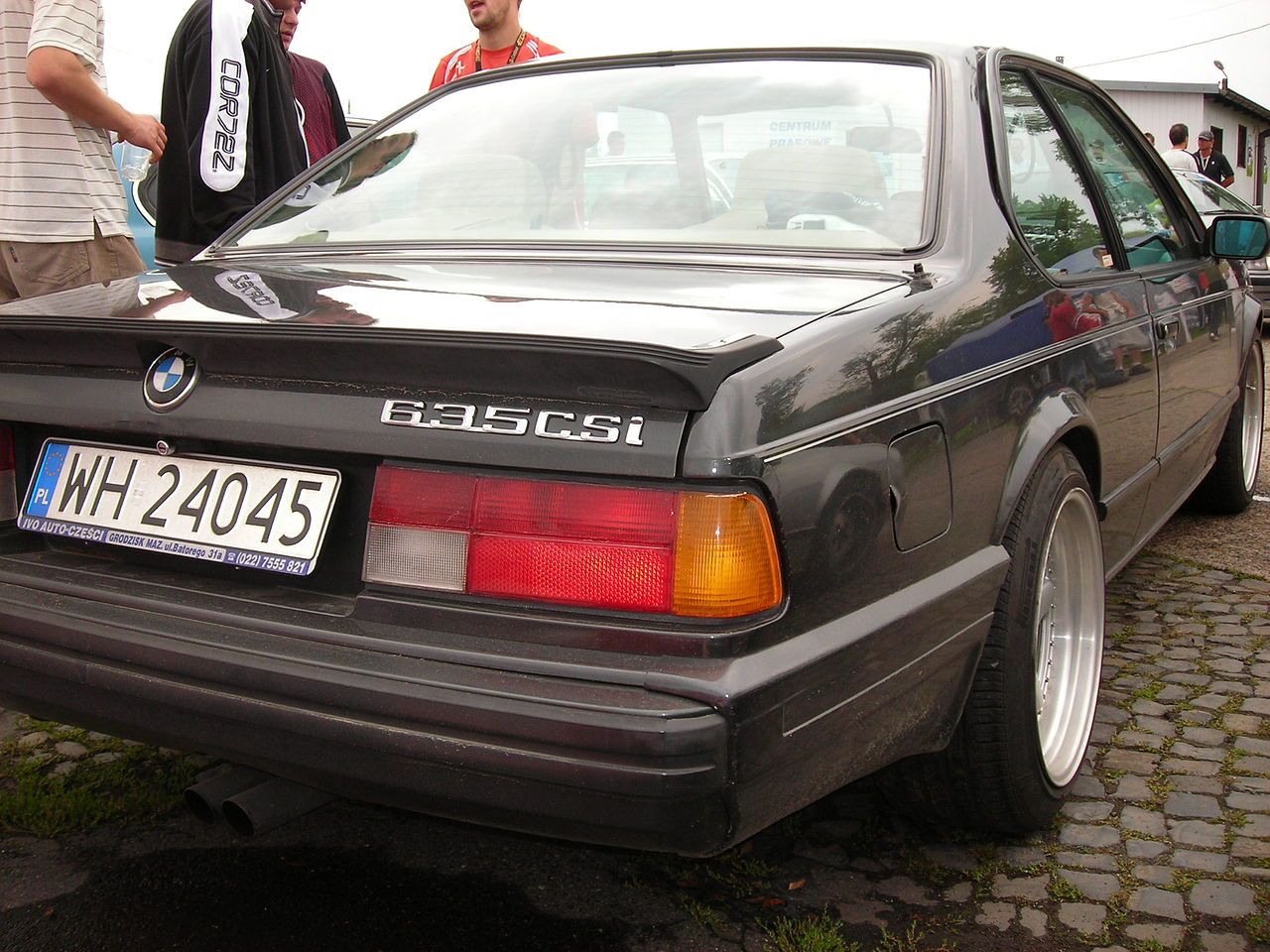
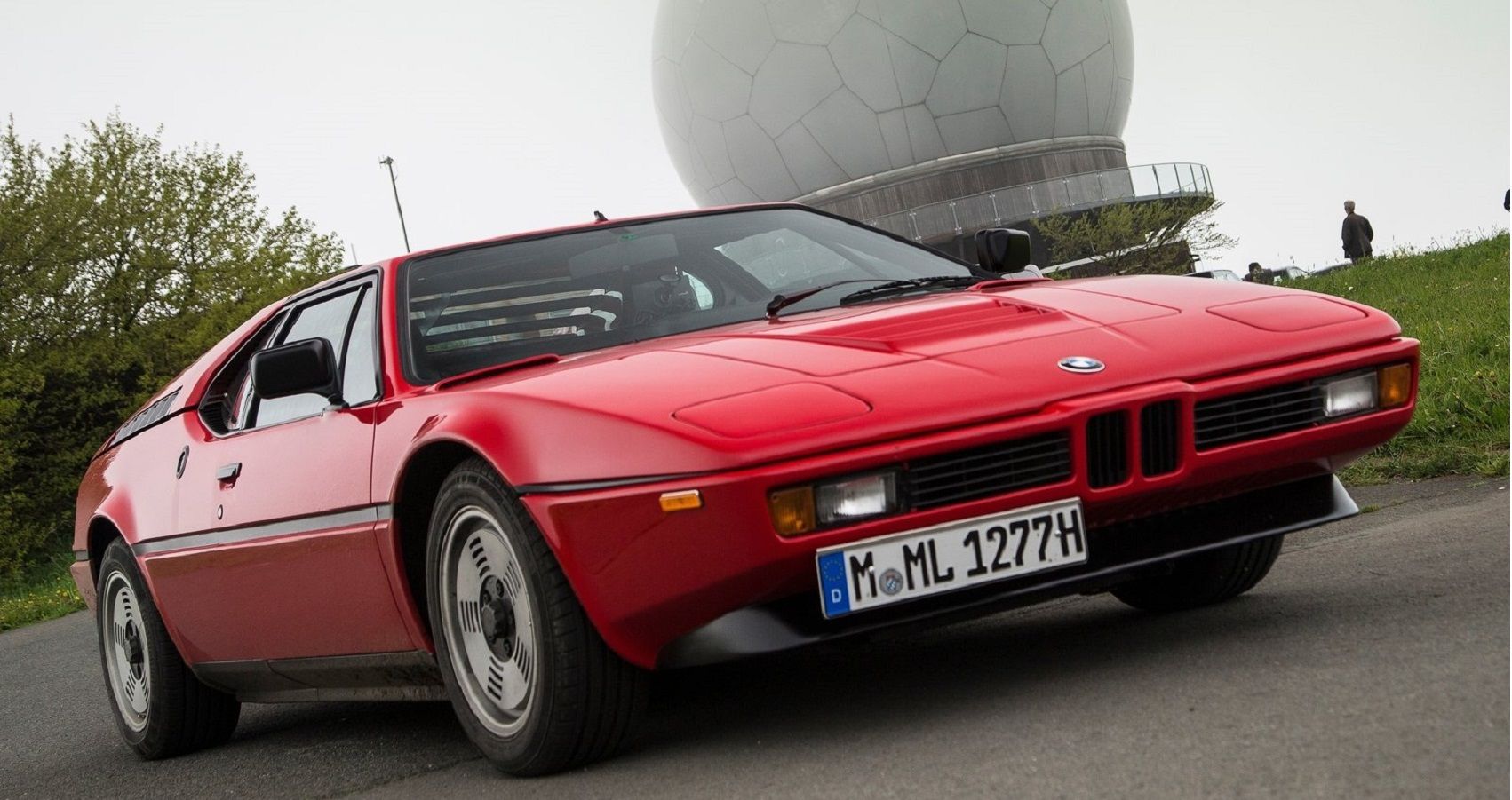
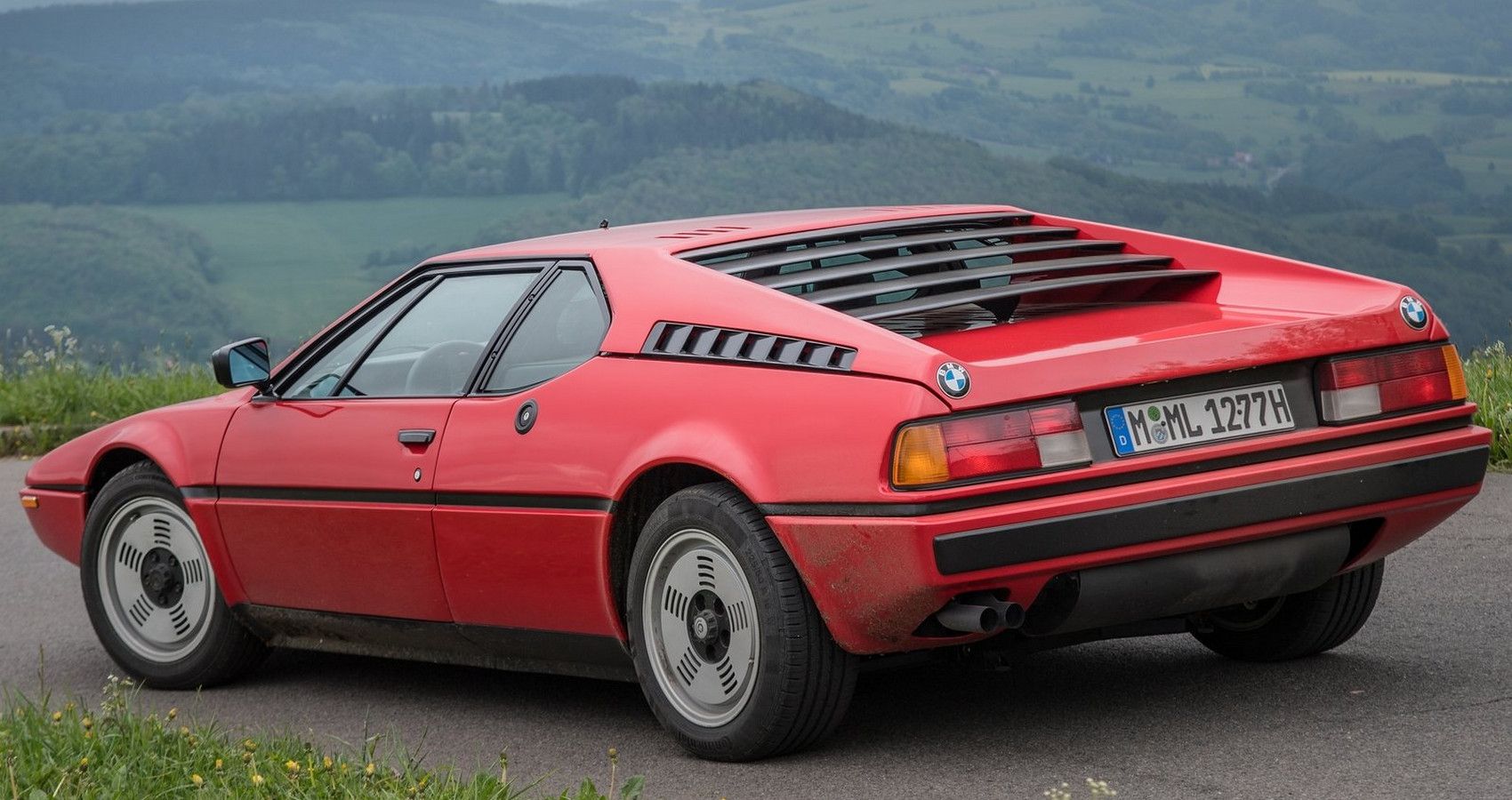
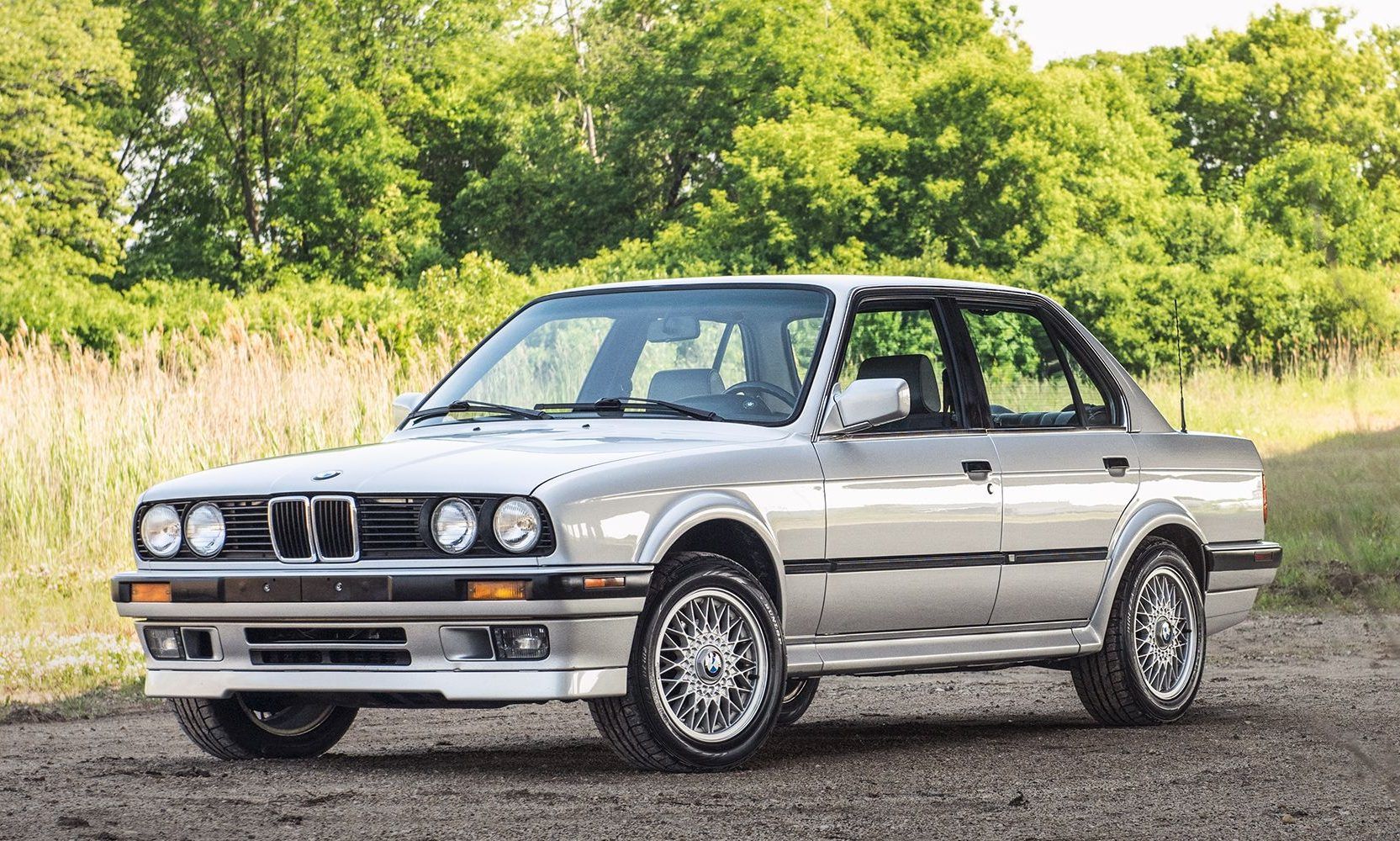
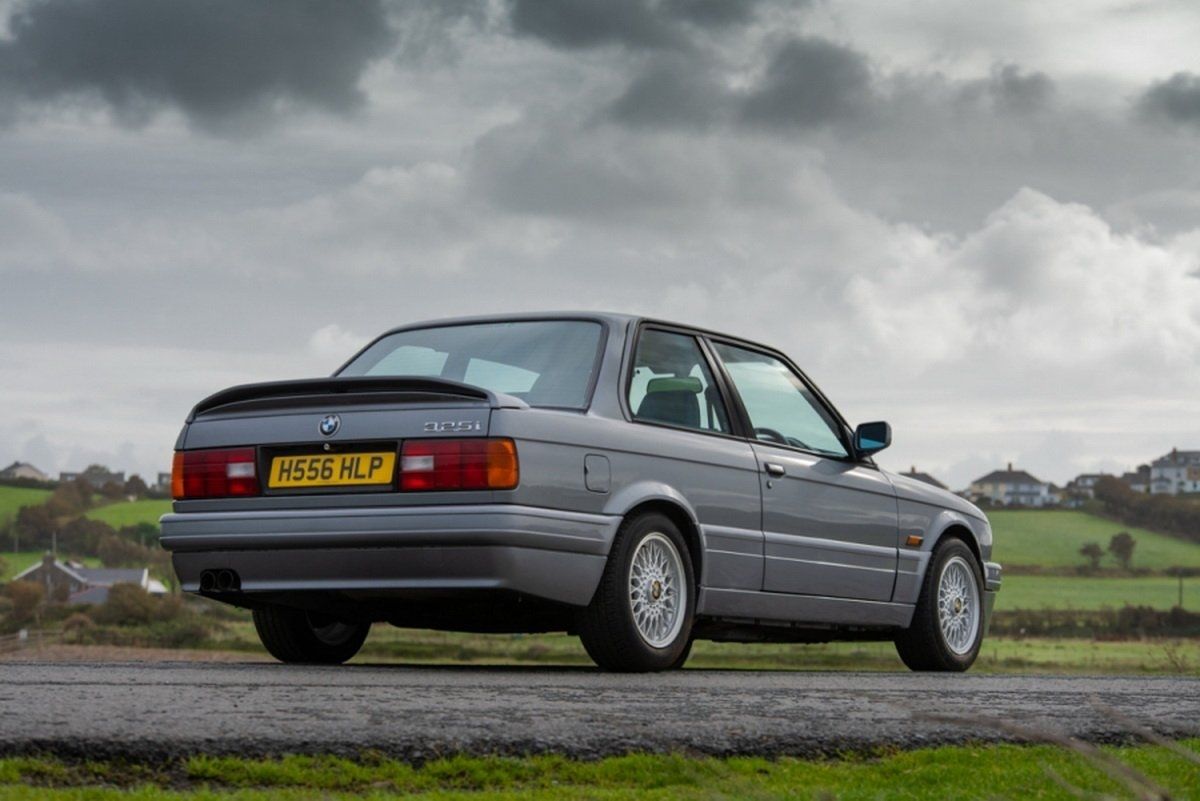
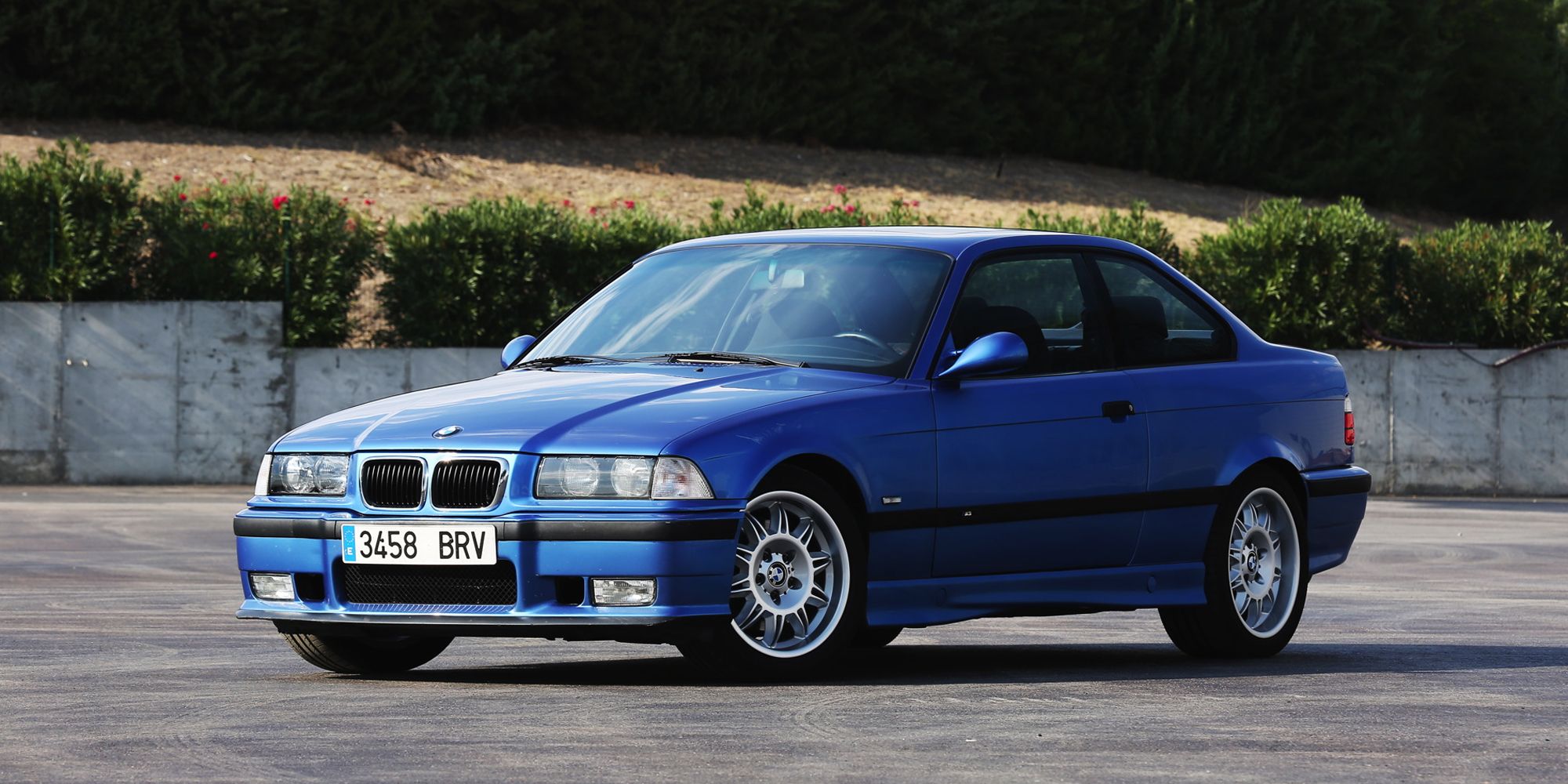
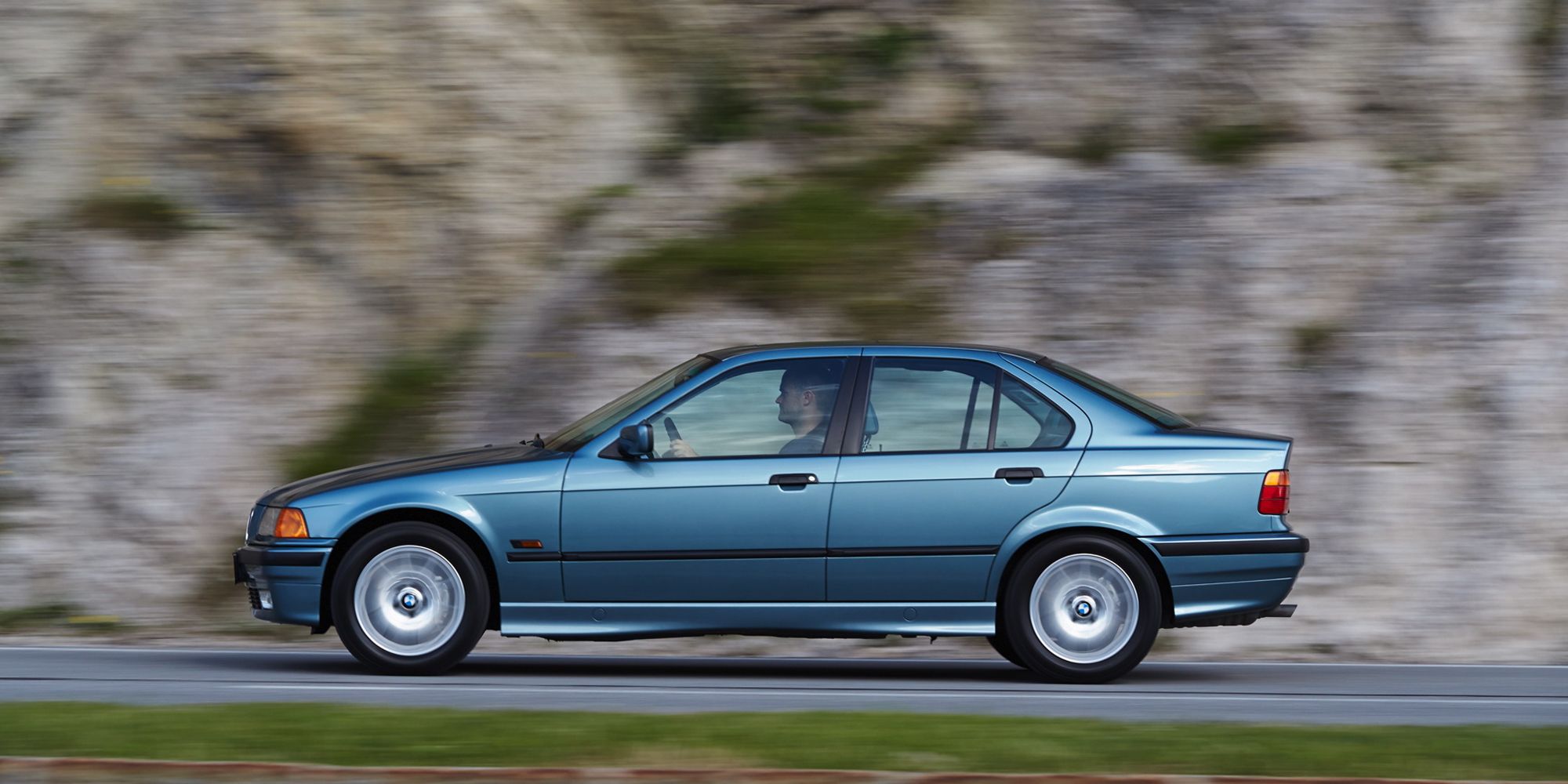
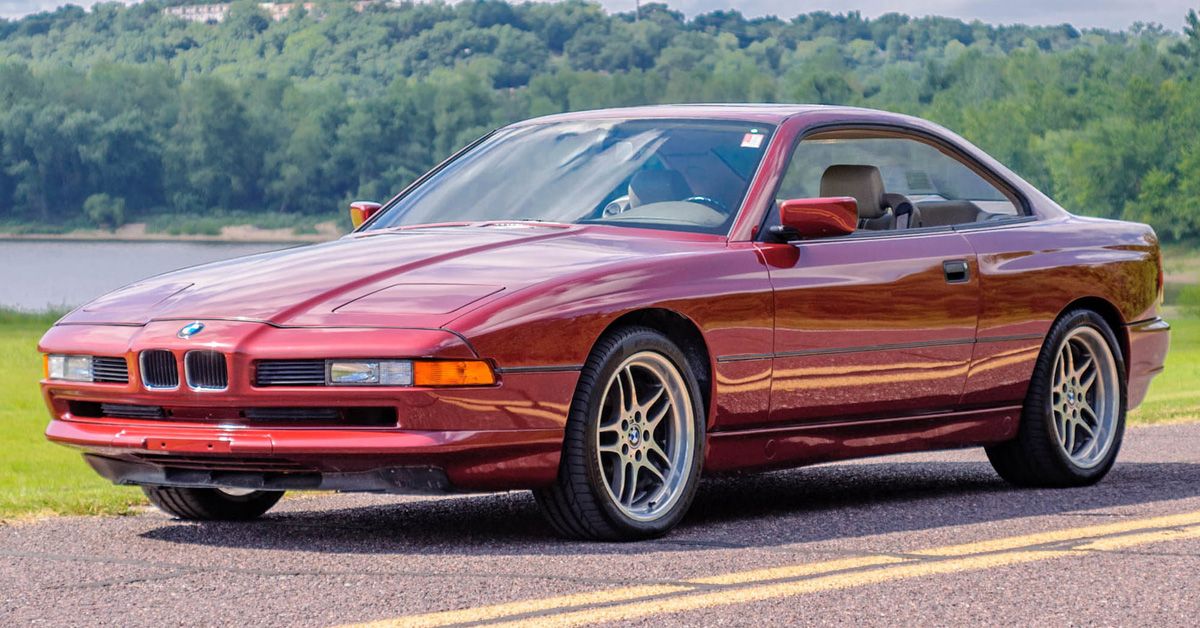
.jpg)
